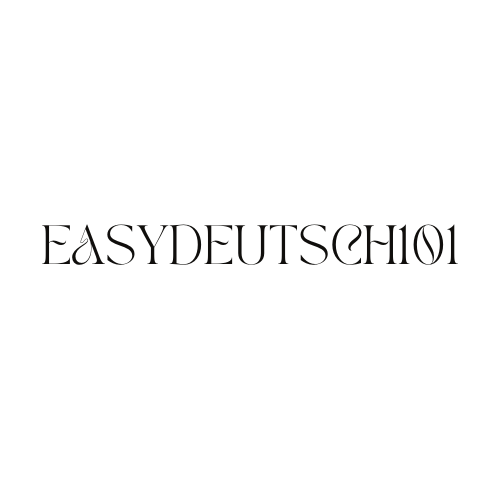For German language learners, obtaining certification is a major accomplishment as it offers official validation of their language abilities and opens doors to various options in the fields of education, employment, and personal life. When it comes to German language certification, a number of globally accredited tests are used as standards for competence. Let’s examine a few well-known credentials and their importance.
1. Goethe-Zertifikat Exams:
Operated by the Goethe-Institut, the Goethe-Zertifikat exams are among the most widely recognized German language certifications globally. The exams cover all proficiency levels outlined by the Common European Framework of Reference for Languages (CEFR), ranging from A1 for beginners to C2 for mastery.
- Goethe-Zertifikat A1 to C2: These exams assess the four language skills—listening, reading, writing, and speaking—and provide a comprehensive evaluation of the candidate’s proficiency.
2. TestDaF (Test Deutsch als Fremdsprache):
TestDaF evaluates academic language competency and is intended for applicants to German institutions. The exam, which is broken up into four sections—speaking, reading, writing, and listening—assesses a candidate’s proficiency with German in an academic setting.
- TestDaF Levels (TDN 3 to TDN 5): The exam consists of three levels, and achieving a certain score (TDN 4, for instance) demonstrates proficiency suitable for university admission.
3. Telc Language Tests:
Telc provides a variety of language tests for different skill levels and objectives, such as university admission, career goals, and general language competency.
- Telc Deutsch A1 to C2: These exams assess language skills for everyday communication, work-related contexts, and academic purposes, aligning with the CEFR levels.
4. ÖSD (Österreichisches Sprachdiplom Deutsch):
Administered by the Austrian government, ÖSD exams evaluate German language proficiency. They cover a broad spectrum, from basic communication skills to advanced language use in academic and professional settings.
- ÖSD Levels (A1 to C2): ÖSD offers exams for different CEFR levels, providing a comprehensive evaluation of listening, reading, writing, and speaking skills.
5. DSH (Deutsche Sprachprüfung für den Hochschulzugang):
The DSH evaluates foreign students’ proficiency in German language and is primarily used for university entrance. German institutions frequently need it as evidence of language competency for their academic programs.
- DSH Levels (DSH-1 to DSH-3): The levels indicate varying degrees of proficiency required for university studies.
6. Fit in Deutsch (Goethe-Zertifikat A2 for Schoolchildren):
Designed for young learners, this certification from the Goethe-Institut assesses German language skills at the A2 level. It is tailored to meet the needs of students in school settings.
- Fit in Deutsch Levels (A2 for Schoolchildren): Specifically designed for young learners, this certification serves as an introduction to formal German language assessment.
Obtaining certification in German is a great way to demonstrate your proficiency in the language and to help you in your academic endeavors, professional development, and cultural assimilation. Getting a recognized language certification opens up a world of options and is a concrete indicator of language competency, whether one is looking to further their studies in a German-speaking nation or further their career.




